Maximizing Solar Cell Efficiency: Understanding PCE, EQE, and IPCE
Solar cells are revolutionizing how we harness energy, but their performance hinges on one critical factor: efficiency. Power conversion efficiency (PCE) is a key metric used to evaluate how effectively solar cells convert sunlight into usable electricity. In this article, we dive into the essential components of PCE, explore related metrics like external quantum efficiency (EQE) and incident photon to current efficiency (IPCE), and explain how researchers assess and improve solar cell performance.
What Is Power Conversion Efficiency (PCE)?
Power conversion efficiency (PCE) is a commonly used parameter to characterize the performance of solar cells. It measures the proportion of incoming light \( P_{\text{in}} \) that is converted into electrical power. PCE is defined using the following equation:
$$ \text{PCE} = \frac{V_{oc} \cdot J_{sc} \cdot FF}{P_{in}} \times 100\% $$
Where:
\( J_{\text{sc}} \) = Open circuit voltage
\( J_{\text{sc}} \) = Short circuit current density
\( FF \) = Fill factor
With the Slot-die Coater, it is easy to make solar cells.
How Is PCE Determined?
To calculate PCE, a solar cell's voltage is varied stepwise under illumination, and the corresponding current is measured. These data points create an \( IV \) curve, from which critical factors like \( J_{\text{sc}} \), \( V_{\text{oc}} \), and \( FF \) are extracted.
Short Circuit Current Density (\( J_{\text{sc}} \))
\( J_{\text{sc}} \) [\(\frac{\text{mA}}{\text{cm}^2}\) ] is the short circuit current density and is the maximum current that can flow in the cell under illumination. Under short-circuit (SC) conditions the work functions of the electrodes will align, and the voltage becomes zero and in dark no current will flow. When the cell is illuminated one can record the Jsc.
When evaluating solar cells, we typically refer to current density (\( J \)) rather than just current (\( I \)). This distinction is important because the amount of current extracted from a solar cell is influenced by the size of its active area. By using current density (\( J \)), we can effectively compare the performance of solar cells with varying active areas. Therefore, it is crucial to measure the active area of the device (the portion that will be illuminated) accurately, particularly when dealing with small-area photovoltaic devices. Tools like LBIC (Laser Beam Induced Current) are often used to determine the illuminated area accurately, ensuring reliable results.
How to test solar cells using a source measure unit and solar simulator.
Open Circuit Voltage (\( V_{\text{oc}} \))
\( V_{\text{oc}} \) [V] is the open circuit voltage and is the maximum voltage that the cell can produce under open circuite (OC) condition. The \( V_{\text{oc}} \) of a solar cell is influenced by several factors, including the material properties and bandgap energy of the semiconductor, which determine the maximum potential difference. Temperature also plays a role, as \( V_{\text{oc}} \) typically decreases with rising temperatures due to increased carrier recombination.
Fill Factor (\( FF \))
Thw fill factor (\( FF \)) that states the ratio of the actual obtained power (\( V_\text{oc} \times J_\text{sc} \)) to the theoretical maximum power point (\( V_\text{mmp} \times J_\text{mmp} \)) and is a generally expression used to characterize the solar cell. The product of \( J_{\text{mpp}} \) and \( V_{\text{mpp}} \) is the maximum power output (\( P_{\text{max}} \)) that the solar cell can produce. The fill factor provides insights into the quality of the solar cell and how effectively it converts light into electricity. A higher fill factor indicates a more efficient solar cell, as it suggests that the maximum power output is closer to the theoretical maximum power that could be generated.
\[ FF = \frac{J_{\text{mpp}} \cdot V_{\text{mpp}}}{V_{\text{oc}} \cdot J_{\text{sc}}} \times 100\% = \frac{P_{\text{max}}}{V_{\text{oc}} \cdot J_{\text{sc}}} \times 100\% \]
External Quantum Efficiency (EQE)
The external quantum efficiency (EQE) measures the efficiency with which a solar cell converts incident photons from the entire solar spectrum into electric current. It accounts for the number of charge carriers (electrons) generated compared to the number of incident photons, typically expressed as a percentage. EQE measures how well the solar cell performs as a device in real-world conditions, including losses from reflection and recombination.
\[\text{EQE} = \frac{\text{electrons}}{\text{photons}} \times 100\%\]
EQE is crucial for understanding how different wavelengths of light affect a solar cell's performance.
Incident Photon to Current Efficiency (IPCE)
The incident photon to current efficiency (IPCE) measures the efficiency at which the solar cell converts incident photons into current. IPCE is given in percent and is measured by irradiating the solar cell with light of certain wavelengths. When the wavelength and power density of the incoming light is known then by measuring the obtained current produced by the solar cell at that given wavelength the IPCE can be calculated, where \( h \) is Plancks constant, \( c \) is the speed of light, \(\lambda\) is the wavelength of the incident photons. The measurement can be carried out at a representative number of wavelengths in the area where the solar cell is known to work. High IPCE values indicate effective charge carrier generation and collection, which reflects the quality and efficiency of a solar cell. It guides researchers and engineers in developing better materials and structures for enhancing solar cell performance.
\[\text{IPCE} = \frac{h \cdot c \cdot J_{\text{sc}}}{\lambda \cdot P_{\text{in}}} \times 100\%\]
Where:
\( h \) = Planck's constant
\( c \) = Speed of light
\(\lambda\) = Wavelength of incident photons
IPCE values can vary with wavelength since different materials absorb and convert different parts of the solar spectrum with varying efficiency. This is often represented as a graph showing IPCE as a function of wavelength.
Using an LBIC, you can create a detailed digital image of a solar cell, pinpointing functional areas and defects. This helps trace issues to the manufacturing process for targeted problem-solving and optimization.
Visualizing Solar Cell Efficiency
Graphs and visual aids like IV curves, EQE plots, and IPCE spectra are indispensable tools for researchers. For example:
An IV curve illustrates the relationship between current and voltage.
EQE and IPCE plots help identify wavelength-specific performance trends.
These visuals not only enhance understanding but also aid in identifying performance bottlenecks.
Conclusion
Understanding and optimizing parameters like PCE, EQE, and IPCE is critical for advancing solar cell technology. These metrics provide a detailed picture of a solar cell's performance, guiding researchers in material selection and design improvements. As renewable energy solutions become increasingly important, innovations in solar cell efficiency will play a vital role in meeting global energy demands.



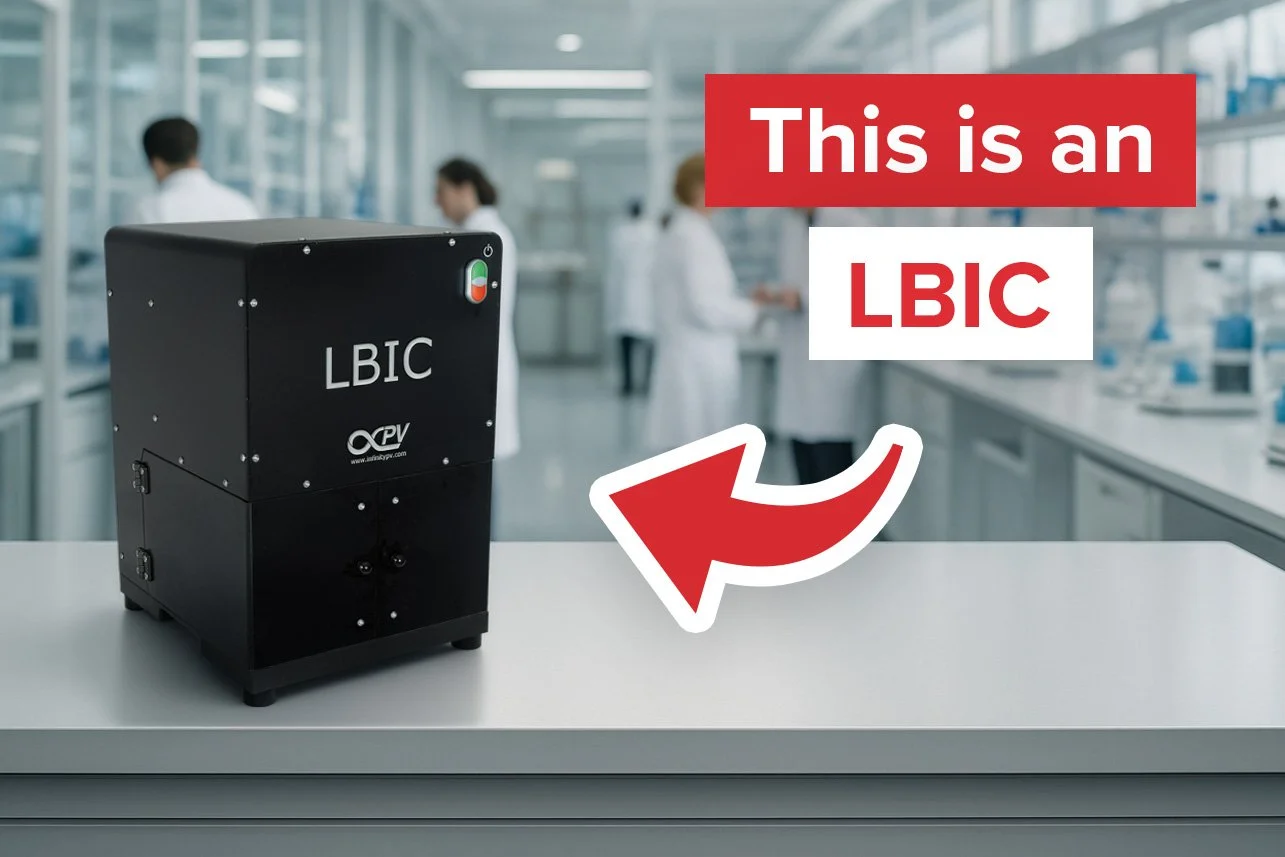
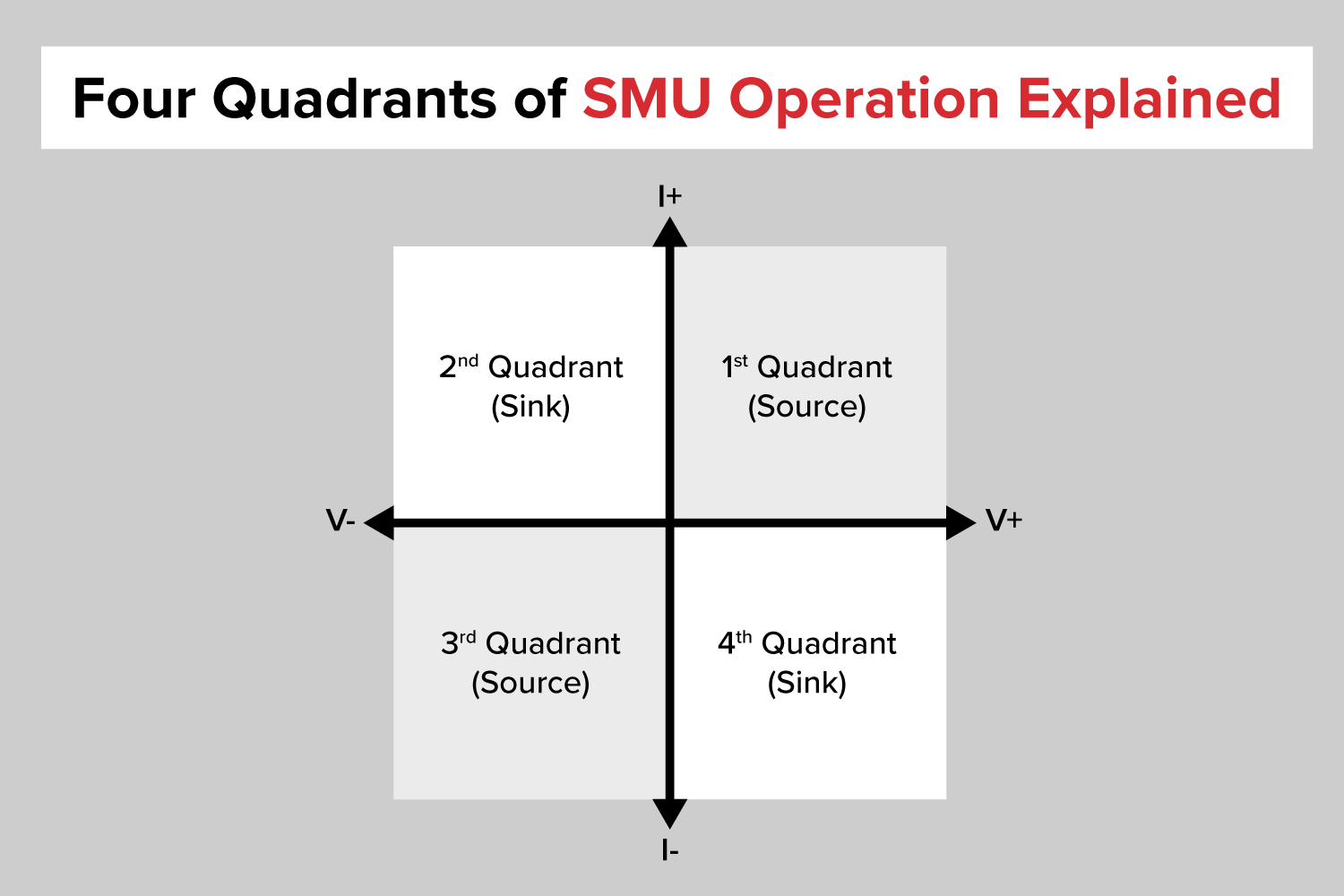
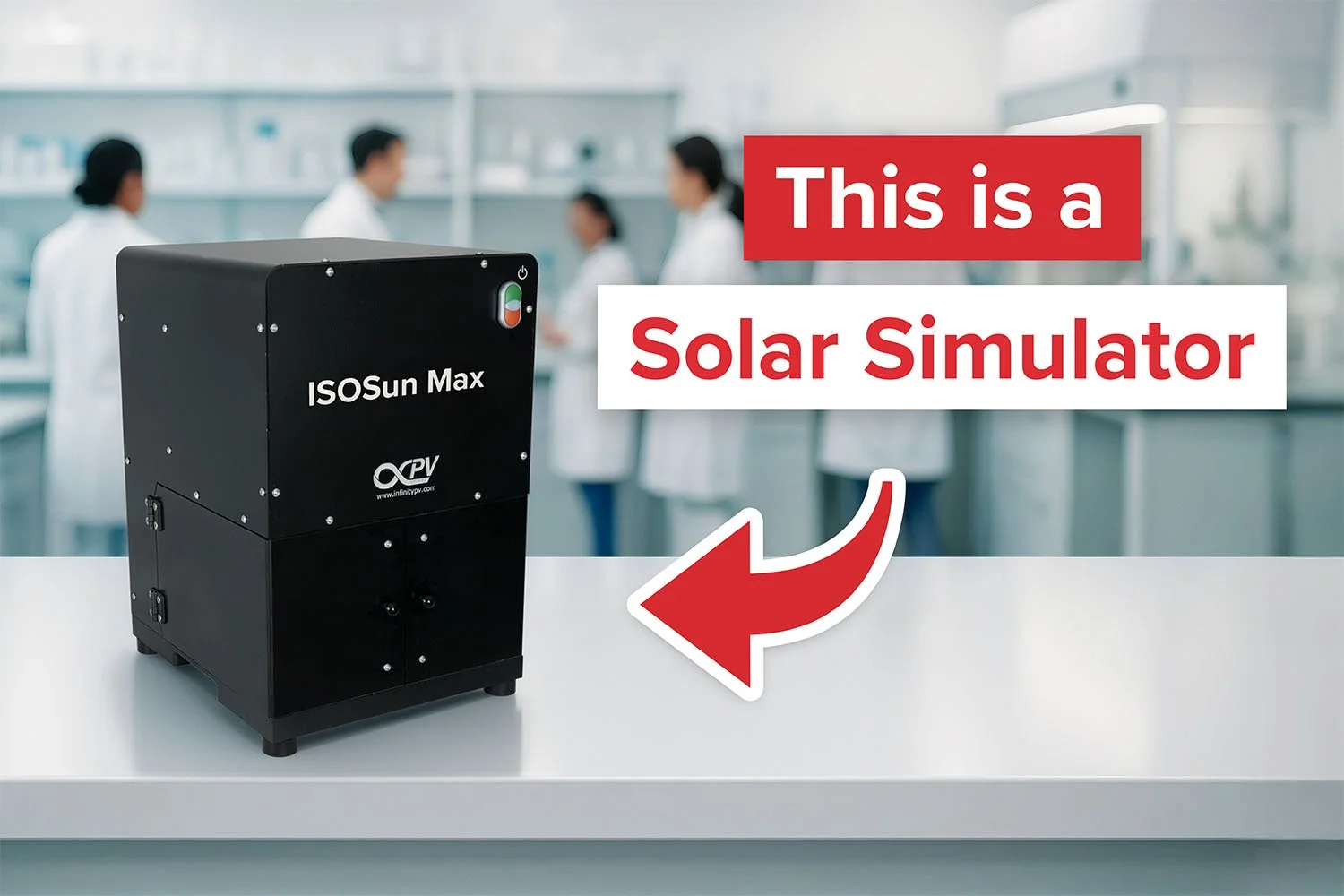

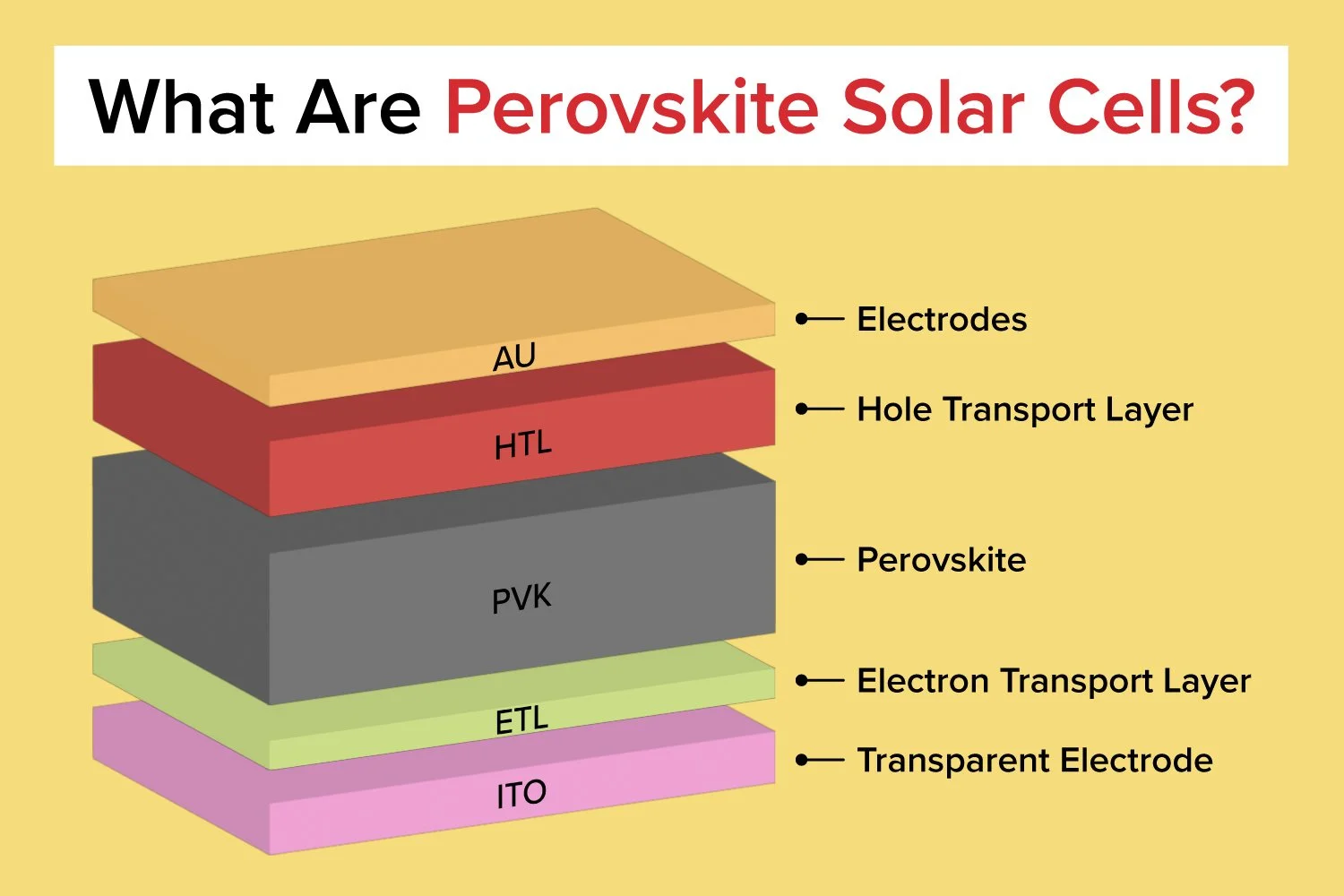
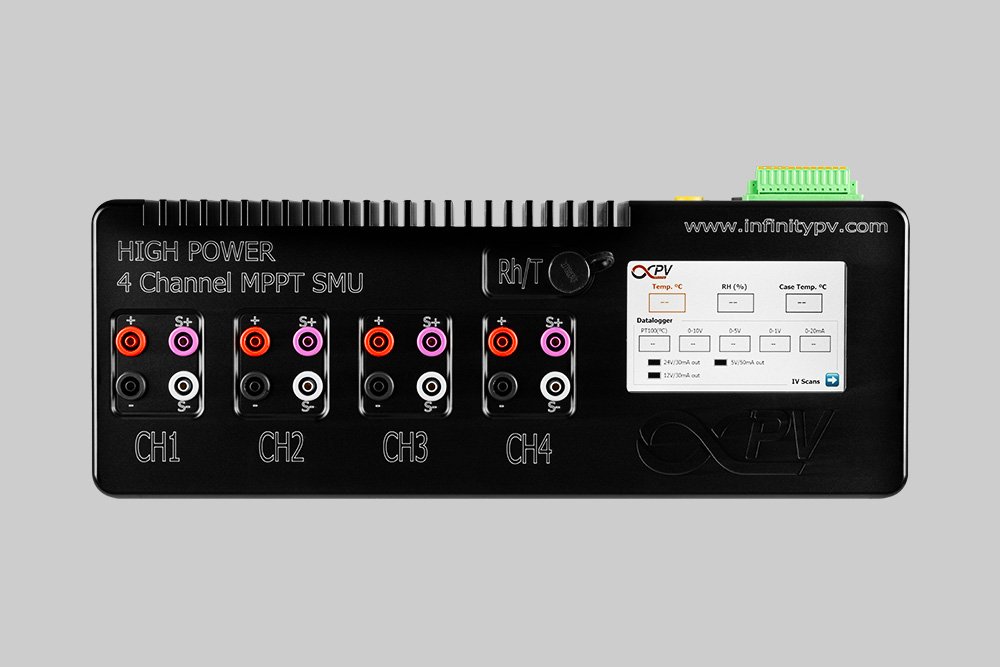
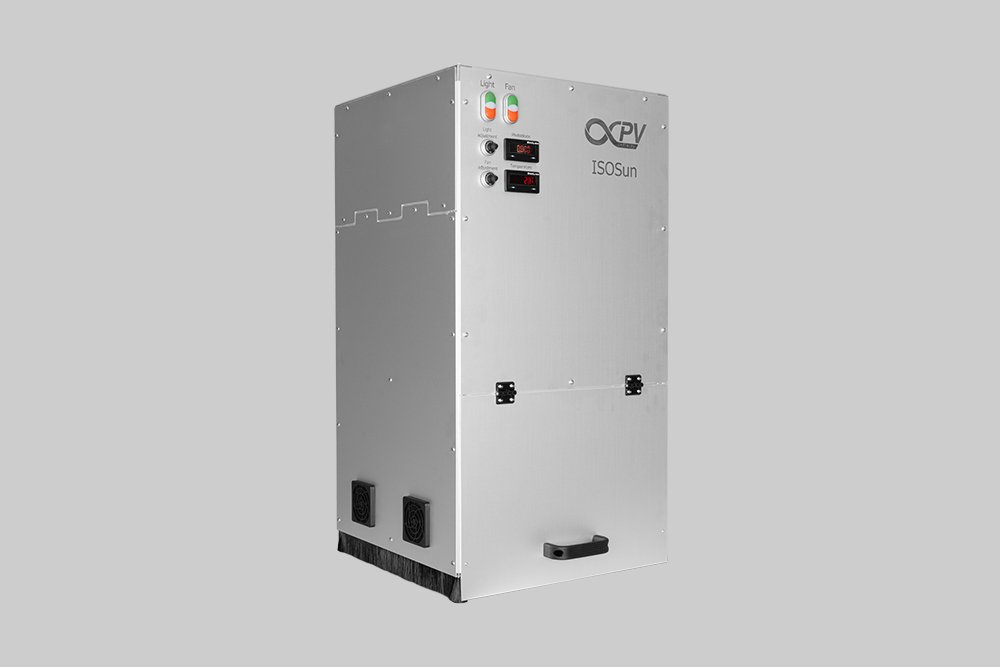
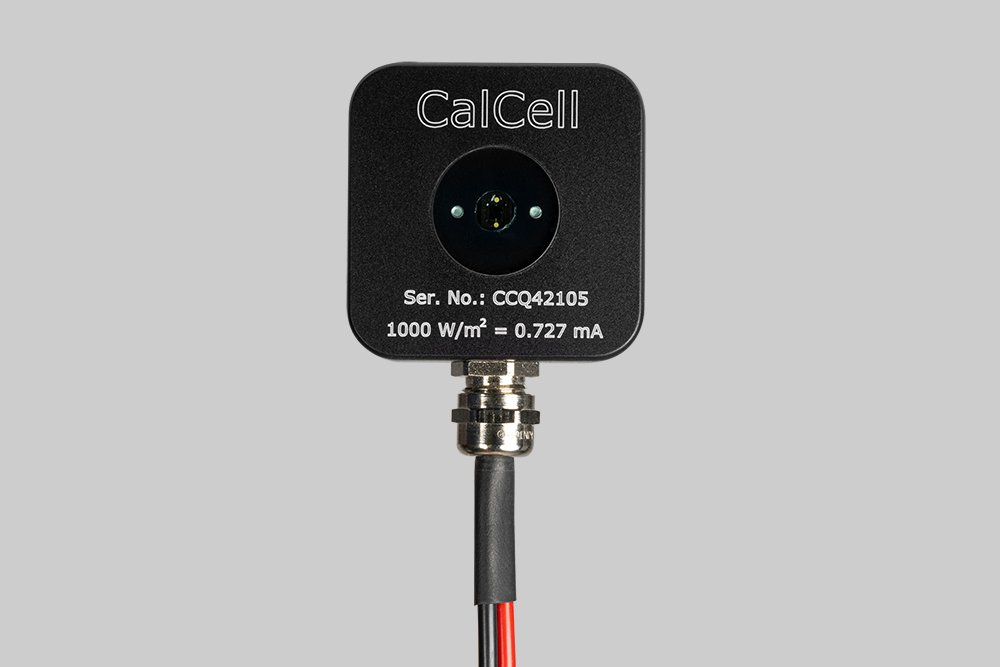
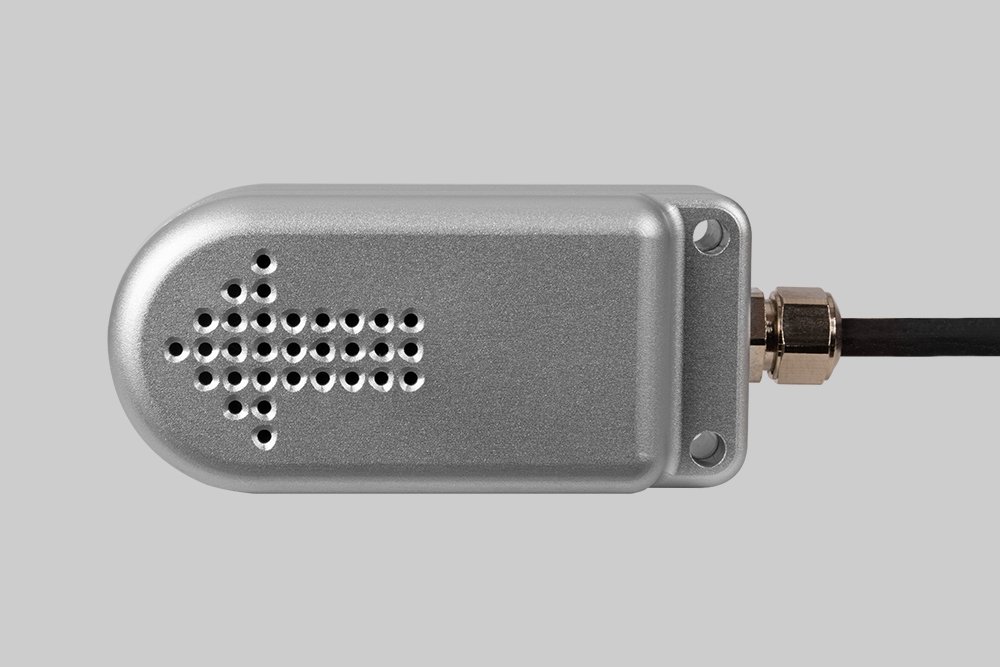

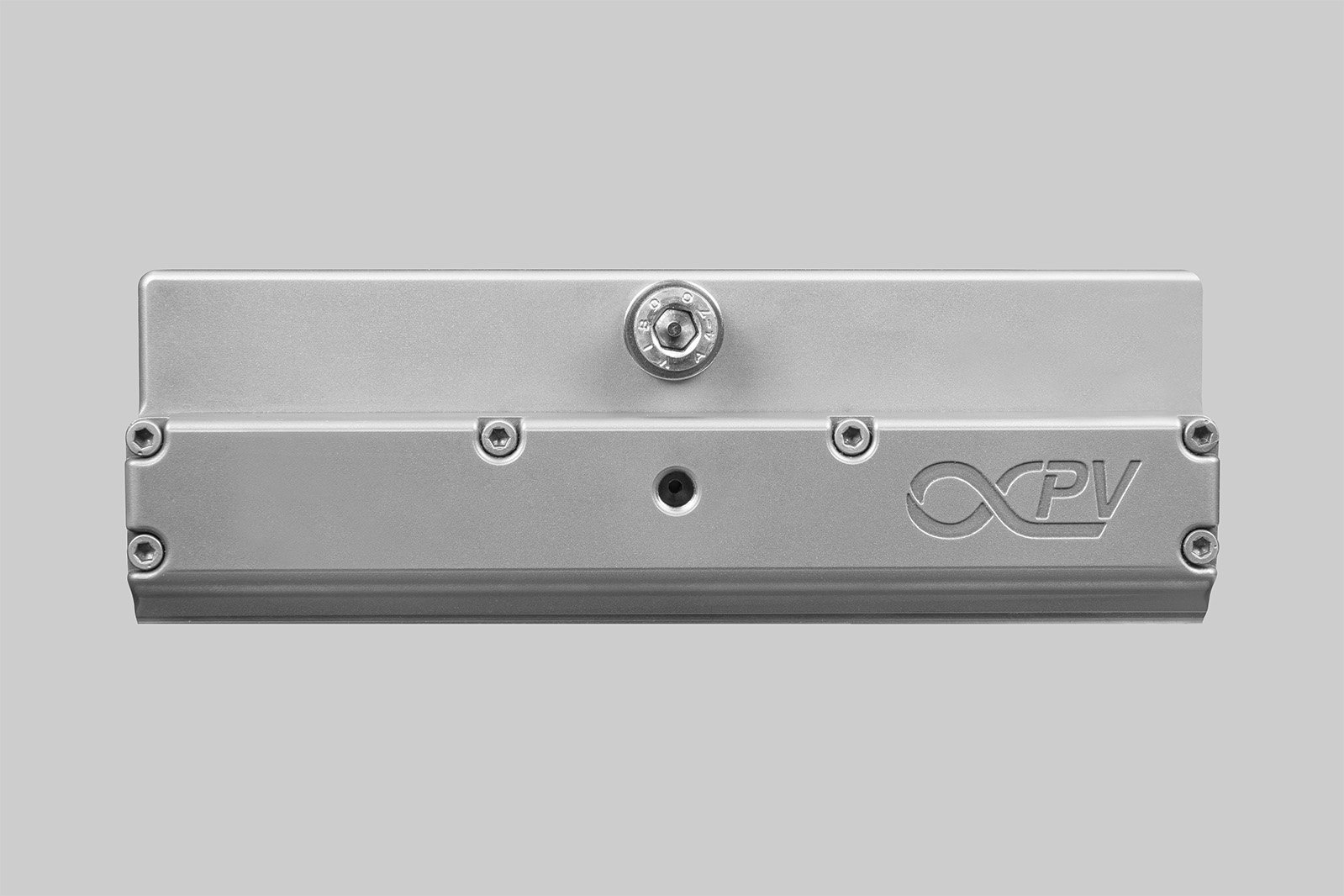

The Low Power 8 Channel Source Measure Unit with MPPT is specifically tailored for laboratory PV devices and compact modules, supporting voltages of up to 5 V and currents of up to 40 mA, with a maximum of 200 mW per channel.